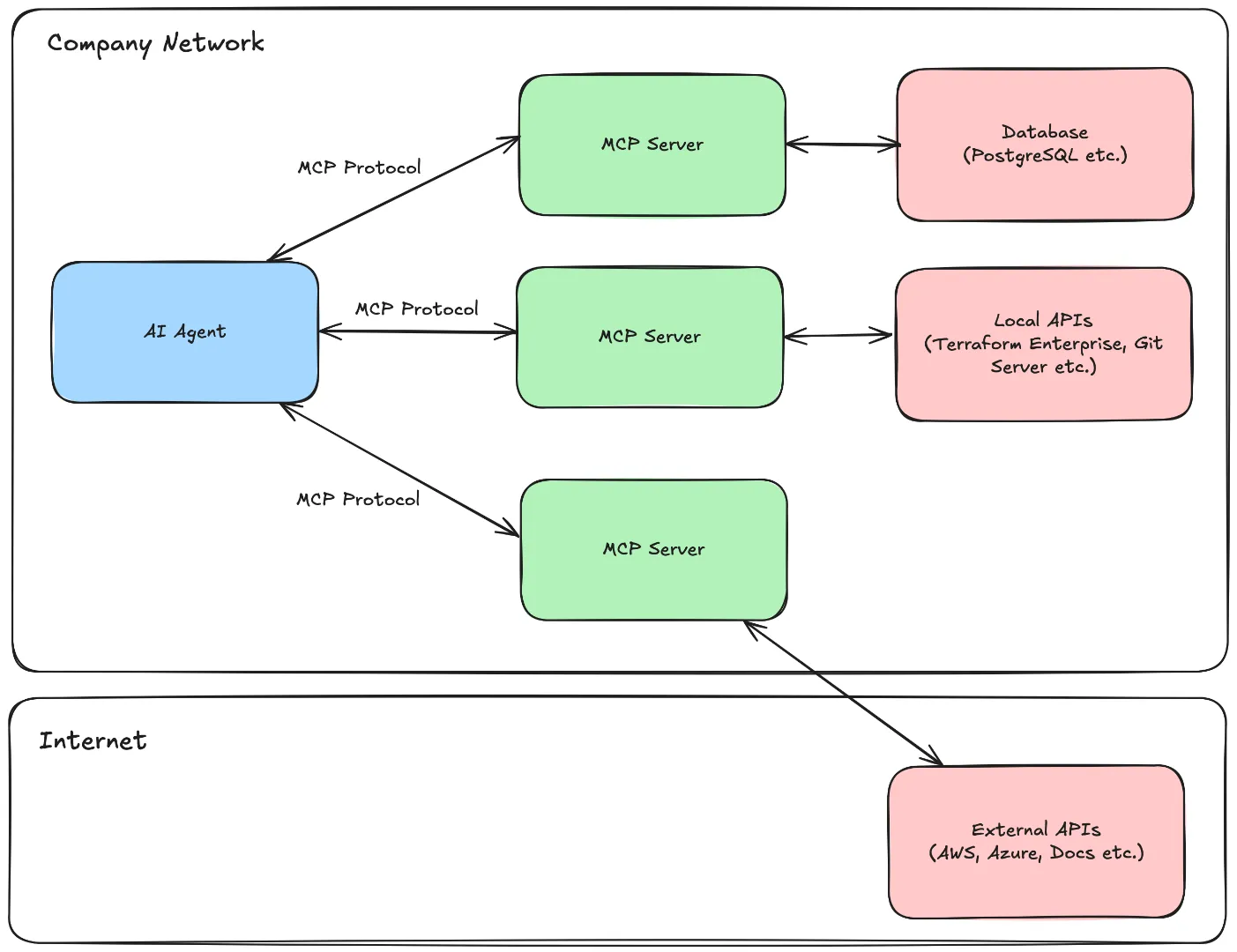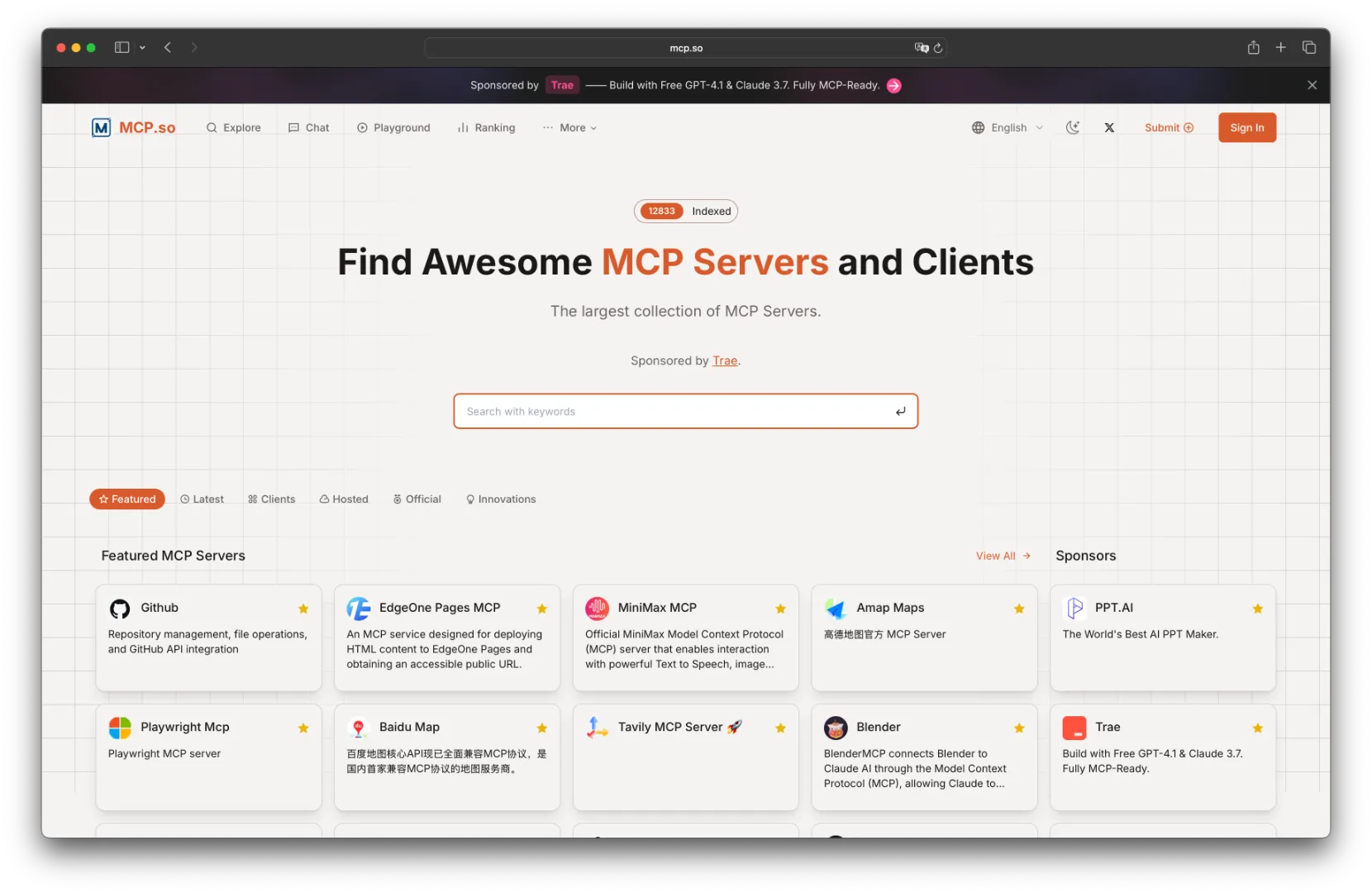n8n 2.0: The Hardening Release we needed
n8n 2.0 landed on December 8, 2024, and it's the kind of release nobody gets excited about but everyone eventually appreciates. No flashy features, no shiny UI

The Model Context Protocol (MCP) specification was introduced by AI research company Anthropic. Since its release, it has seen widespread adoption across OpenAI, Microsoft, Google and other AI providers. But what is MCP and why should we, as IT Professionals, care?
Model Context Protocol (MCP) is an open protocol that enables seamless integration between LLM applications and external data sources and tools.
It is a universal interface for making enterprise data accessible to AI systems. You then can interact with your enterprise data through natural language just like you do with AI chat assistants right now. The advantage? Instead of relying on AI models to “already know” this information, you can make it accessible to them directly with an MCP. Making sure the AI has access to up-to-date information.

Imagine you want to develop a software application with the newest release of your preferred programming language. The AI model you’re using to support the development, only has information about your programming language that is 6 months old. It does not know about the newest features and therefore will not use them when generating code.
What to do? You can hook-up the official MCP of your programming language to your AI model. This would include information on all the newest features that the AI needs to know about. The MCP provides this information in a way that is easy to read and understand for the AI.
I hear you: I could just wait for an update to my AI model data to solve this issue. However, adding publicly available knowledge to your AI model is not the only benefit of an MCP.
MCPs especially shine in providing knowledge to AI models that was previously off-limits to them. Data hidden inside private databases, behind authentication or simply only available in a company internal API.
If you setup a company internal MCP, that gets access to non-public data inside your company, you can interact with that data through your AI agent. You could have it make API calls through the company internal API by telling it “Get me all info on X”. You could even have it make SQL statements against your database, format the results and present them to you in the form of a Limerick if you want to!
MCPs are not just read-only! You can also make the AI aware of actions that it can take inside your company. An MCP could translate a request by an AI agent to concrete action. "Create a new user called 'Bob'" could become an SQL statement, a POST API call or even a button click in one of your specific systems.
The full power of MCPs come into play once you start combining multiple MCPs. One MCP for your database, once for your shop API and one for your infrastructure platform. Suddenly, your AI agent can understand the context between these three systems and inform you accordingly.

Long story short: The AI learns about internal systems exposed through the MCP and can then interact with those system through the MCP. Forget about click-ops, you can just tell the AI to do it for you.
MCPs must be implement very carefully with a “least-privileged” approach when it comes to data access. Also, you should be very aware of what actions an MCP is allowed to take. Deleting the whole production database is probably not something you want your MCP to be able to do.
Obviously, we also do not want to “give” our company internal data to all these AI companies. Therefore, I would highly recommend to only use an enterprise internal MCP with an enterprise internal AI agent and model (e.g. Ollama).
Do not expose it to the public internet if you do not want to provide your data to the world. Make sure the MCP access is walled off behind a smart network security strategy. A system that has access to your company's most treasured data is always a popular target for attackers.

You either choose from a list of already existing MCPs which you can host yourself inside your company or write your own.
If you want to use a pre-written MCP you can have a look at this website: https://mcp.so/
It contains a growing number of MCPs that are already available that you can host inside your own network. For example, there are already 8 MCPs just for Terraform!
If you want to build your own, we here at Infralovers would love to help you out. We have tons of experience with building software systems and have invested heavily in AI knowledge.
The Model Context Protocol (MCP) is an efficient way to extend the capabilities of an AI model. Especially, when you do not want to share that information with the large AI companies.
The key features for an enterprise are:
As you can see, if you are thinking about using an AI agent inside your enterprise MCPs can really supercharge its capabilities. Just be aware of the potential risks.
As an IT consultant, I encourage businesses to explore MCP further and consider its adoption to stay ahead in the rapidly evolving IT landscape.
You are interested in our courses or you simply have a question that needs answering? You can contact us at anytime! We will do our best to answer all your questions.
Contact us